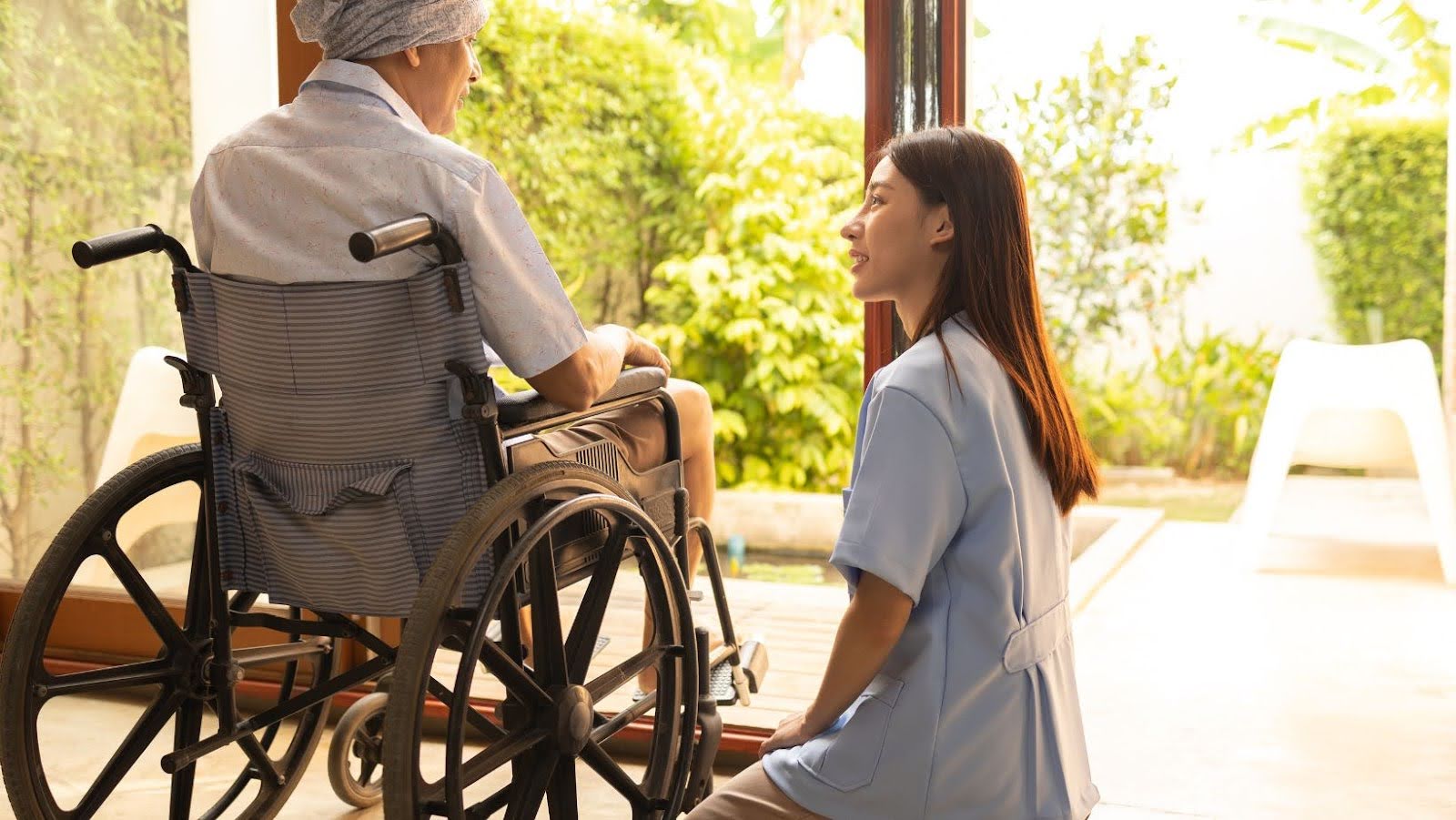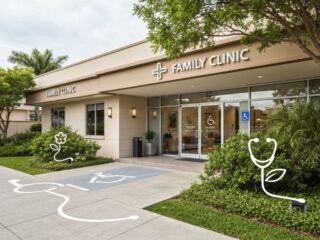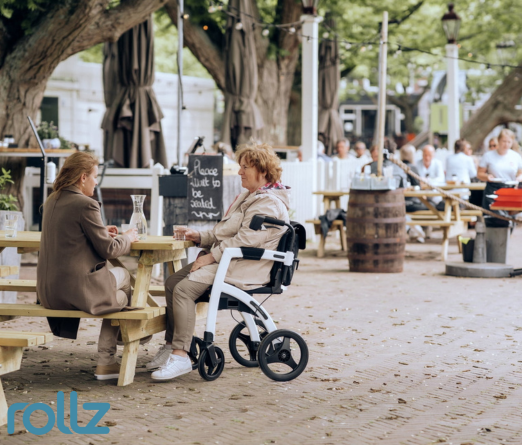
Medication errors are a huge concern since these slipups take a toll on the well-being and safety of the residents. It may lead to serious health complications, extended visits to hospitals, and even fatality.
To give the best possible care, nursing homes should adopt strategies to reduce the chances of medication errors. These areas will be used as talking points to ensure the safety and enhanced quality of care of residents in nursing homes.
Understanding What the Problem Involves
Ensuring the safety of nursing home residents can start by understanding the common causes and types of medication errors.
Nursing home medication errors may occur in three ways: the wrong medication prescribed, the wrong dispensing dose, or the wrong drug administered. Common causes of medication errors are miscommunication, lack of appropriate training, and systemic factors of the institution.
For nursing home residents, these would be old age, multiple chronic conditions, and—more often than not—cognitive impairments.
Staff Training
Proper medication reflects adequate training among nursing home personnel, which would avoid medication errors. Nurses, caregivers, and other healthcare staff must be trained in medicine management, including drug doses, potential side effects, and adherence to the prescribed schedules.
Periodic training will keep the staff aware of best practices and updated protocols. Simulation exercises and real-world scenarios can efficiently reinforce correct procedures and highlight the consequences of errors.
Implementing Robust Communication Systems
Ideal communication between healthcare providers also reduces medication errors. The standard handover process should be explicit about the information concerning the residents’ medicine schedules during each shift change.
Electronic health records (EHRs) can further improve communication by using real-time information attainable by all concerned staff. EHRs can be flagged for potential drug-allergy interactions, therefore avoiding such mistakes.
The Role of Technology
Technology goes to another level in enhancing medication safety within this setting. Automated dispensing systems will ensure that the right resident receives the right drug in the correct amount at the right time.
They minimize human errors and add another level of security. Institutions can also use a barcode medication administration system in which nurses pass over a barcode on the medication along with the resident’s ID bracelet. This double-checks everything.
Medication Review
A health provider team, including doctors, pharmacists, and nurses, must regularly review the drug regimen for discrepancies, unnecessary medicines, or potential interactions. In its regular review of each resident’s drug regimen, the team can adjust it appropriately or discontinue unnecessary medication so that all prescriptions are current and safe.
Promoting a Culture of Safety
A safety culture should be fostered within the nursing home. The staff should be free to report medication errors or near misses without threatening punitive action. This openness permits analysis of errors and serves as a learning tool so that mistakes are not repeated in the future.
An encouraging environment in which safety is the highest priority motivates all staff members to be proactive and alert to possible risks.
Family Involvement
Family members can be instrumental in keeping their loved ones safe in the nursing home. They could be an additional guard invited to engage in the care process by informing family members of their loved ones’ medications, dosages, and schedules.
They can further observe for any unfavorable reactions and confirm if prescriptions are being followed correctly. Open communication with staff and families will help ensure trust and that the residents are cared for appropriately.
Addressing Systemic Issues
Most medication error cases are based on a system problem at the healthcare facility, which could involve understaffing, high staff turnover, and underresourced facilities. Correcting these underpinnings reduces the error risk and makes it possible to staff the nursing home adequately with well-trained professionals.
Continued education investment and the provision of sufficient resources to manage medication provide a safe environment for the residents.
Audits and Monitoring
Opportunities could be identified to correct the weak areas affecting effective medication administration by conducting routine audits and making inroads into medication administration monitoring. Audits could be performed on proper drug storage, dispensation, and administration.
Monitoring protocol adherence could also reveal patterns that can be identified as systemic problems. The situation should be appraised, and better practices should be implemented to maintain high learning standards and medication safety in a nursing home.
Conclusion
Reducing these medical errors at nursing homes is a complex challenge to manage comprehensively. Patient safety in nursing homes can be enhanced following increased staff training, communication, use of technology, and family involvement. Appropriately correcting system issues and establishing a safety culture are essential to this.
These strategies will allow a nursing home to ensure its residents are cared for in the safest environment, free from medication-related errors. Guaranteeing the safety and well-being of the residents is essential; with diligent efforts, nursing homes can significantly reduce the number of medication errors within their borders.














